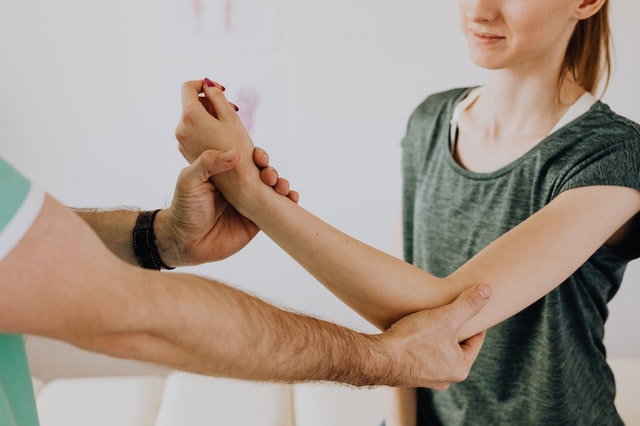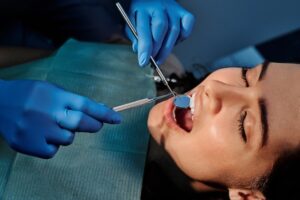
Tennis elbow injury is a common sports injury that affects tennis players as well as people who engage in other types of sports and many manual laborers. The medical term for tennis elbow is lateral Epicondylitis, and it’s caused when damage occurs to the tendon that connects the extensor muscles in the forearm to the lateral epicondyle of the humerus (upper arm bone).
The tendon can be damaged when extensor muscles in the forearm are overused or overloaded. It becomes inflamed, causing soreness around the lateral elbow area. For some people, the injury can be very painful, and last for months as tendons heal slowly.
For tennis players, some of the most common causes of the painful injury are:
- Poor backhand technique
- Using a racquet that’s too heavy
- Insufficient warm-up and muscle stretching both playing
- Lack of flexibility
- Using a racquet with a handle grip too large for the hand
- Poor forearm strength
There is a range of different ways to treat a tennis elbow injury, and treatment typically depends on the severity of the tendon damage. In the majority of cases, such an injury will heal without medical treatment or medication provided the elbow joint and forearm muscle are allowed to rest.
Ice packs or a bag of frozen peas can be placed on the injured area to reduce inflammation. To avoid causing ice burn to the skin, make sure the area is covered with bandages or an old shirt sleeve before placing the icepack onto the elbow. The ice pack can be kept on the affected area for up to 20 minutes and repeated 2 to 3 times a day.
When it comes to tennis elbow injuries with more serious tendon damage, over-the-counter Ibuprofen or prescription anti-inflammatory medications may be needed to reduce the pain. A physician might recommend ultra-sound therapy to speed up the natural healing process.
In cases where the injury is causing severe pain and inflammation, doctors can administer a course of cortisone shots. Cortisone is a powerful anti-inflammatory and brings fast pain relief to the area. It’s rare for patients to need more than three shots of the drug.
If you are suffering from tennis elbow, the most important thing you can do is to rest your arm. Many people continue using their forearms for strength tasks following an injury, which means the damaged tendon never gets a chance to heal. Your goal is to avoid adding to the damage and allow time for the tendon to heal.


